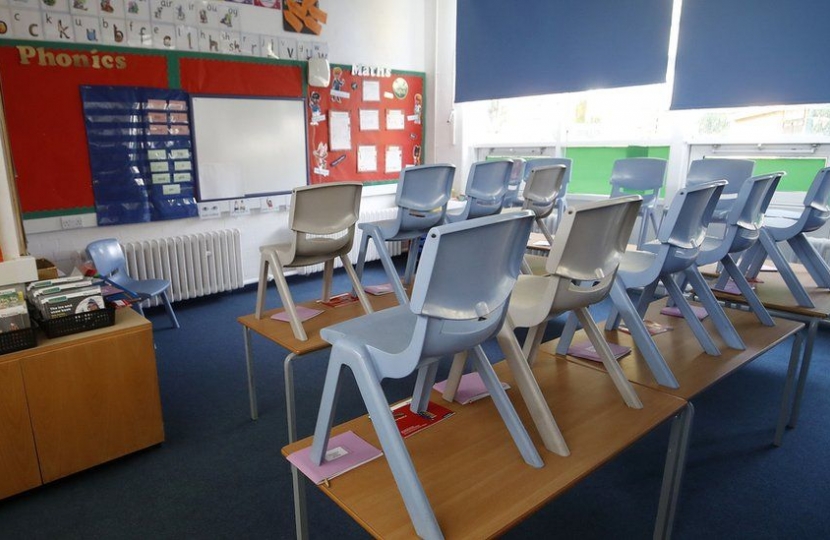
First published in The Times RedBox:
As home-schooling came to an end, parents across the country breathed a collective sigh of relief. Notebooks have been tidied away from kitchen tables, school uniforms and PE kits are back filling up washing baskets and makeshift classrooms have returned to their pre-Covid state. Classrooms and playgrounds reverberate with the sounds of children’s and teachers’ voices. However, the return to the classroom risks hiding a troubling reality: the challenge of the digital divide.
The Covid-19 pandemic has shone a spotlight on the critical importance of digital inclusion for every child — now more apparent and important than ever. To protect the public’s health, schools closed to the vast majority of pupils and lessons were moved online. For children without access to a device or internet connection at home, this posed a significant challenge to their education and wellbeing. Over the course of the pandemic, one in five children did not always have access to a device to be able to continue their education at home. Evidence from Ofcom suggests that 8 per cent of 5-15 year-olds had no access to an internet connected device. These children are already those most at risk of marginalisation due to their socioeconomic status and the move to online learning led to a widening of the education attainment gap and reduction to the opportunities and life chances for these children and young people.
Throughout the pandemic, the Department for Education (and many local communities, organisations, and businesses) took welcome steps to support these young people. By spending £400 million, the government’s provision of 1.3 million devices, 76,000 wireless routers and 33,000 data upgrades is a welcome intervention that has provided much needed support to disadvantaged children and young people.
But the emergency response was not without challenges. Problems with delayed delivery, support for educators, safety and security issues, and a lack of at-home support and space all held back children from fully realising their right to education during the pandemic.
Action taken to date has acted as a bandage to cover the wound of digital exclusion, but this issue will not subside as the pandemic abates and we continue down the road of recovery. As we firmly enter the fourth industrial revolution, we also find ourselves with nine million adults lacking basic digital skills. Estimates suggest that those who acquire digital skills can expect a 3 per cent to 10 per cent increase in earnings. We must continue to work together to prioritise digital inclusion and better facilitate the development of digital skills to support children and young people as they prepare for the future world of work.
To guide this work, the UK Committee for Unicef (Unicef UK) and the Carnegie UK Trust have published a report, Closing the Digital Divide for Good: An end to the digital exclusion of children and young people in the UK. This report sets out a ten-point plan of action that the Department for Education should deliver in order to close the digital divide and realise the levelling up agenda for the benefit of every child in the UK.
At the heart of the action plan is a long-term strategy for digital inclusion, one that recognises that access to devices alone is not enough. To be fully digitally included, children must have an adequate device, a strong internet connection, digital skills and support, a safe online environment, and reliable, long-term access. Setting out how to comprehensively define, measure, and deliver these elements of digital inclusion must also be part of the long-term strategy.
While this work will be essential to delivering the skills and knowledge that children need to succeed academically and economically in a digital world, equally important is the strong foundation for mental health and well-being that this will enable. One cannot be achieved without the other.
Closing the Digital Divide for Good sets out a plan for action, but most important it sustains a much needed spotlight on the challenge of digital exclusion. We cannot allow digital exclusion to slip from the headlines. We urge the government to use the lessons of Covid-19 to recognise, prioritise, and end digital exclusion. Anything less puts the futures of thousands of children — and economic success — at risk.
